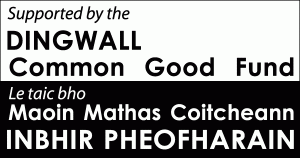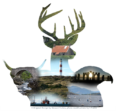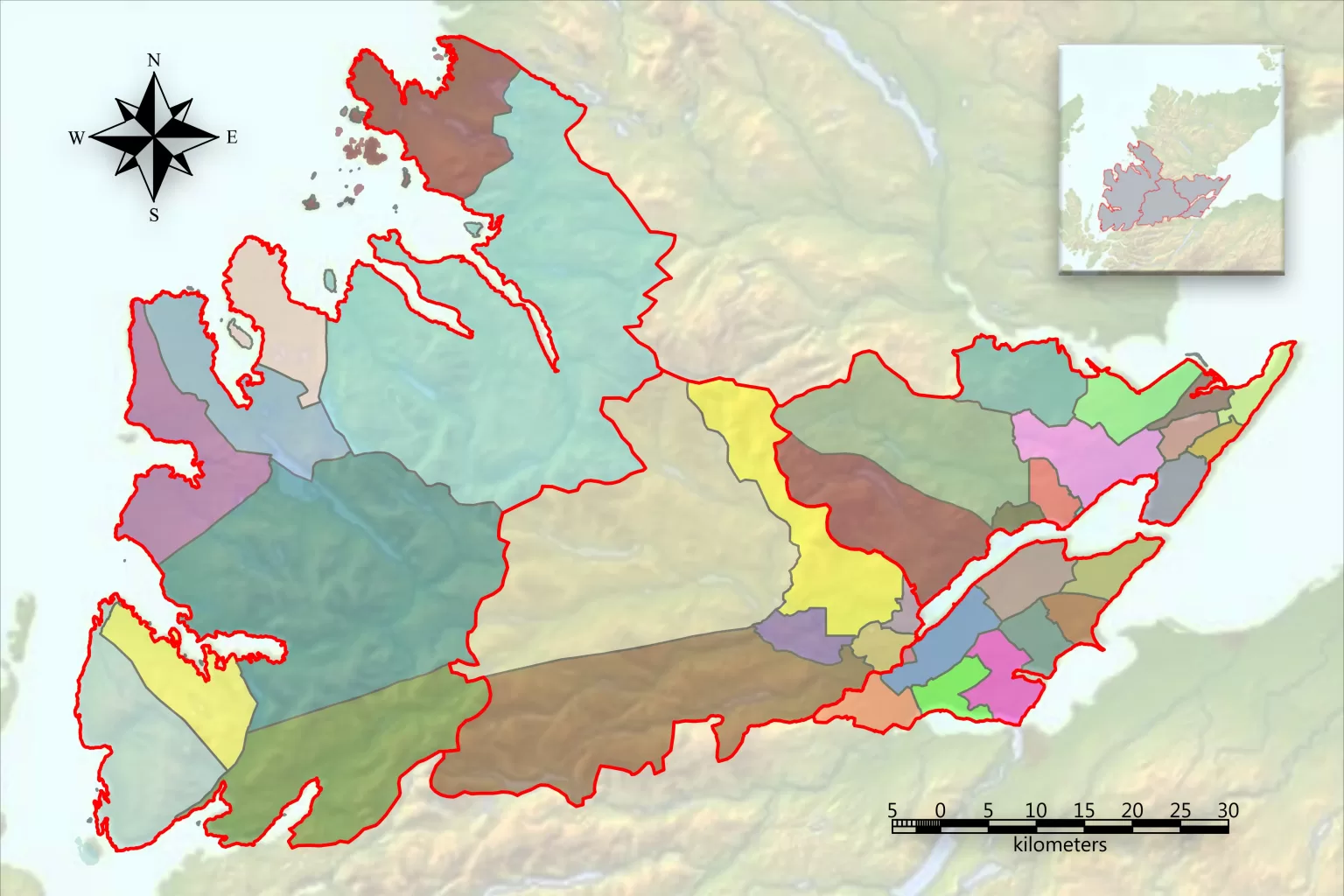People and Places in Ross and Cromarty through time
Ross and Cromarty Heritage
Rich in culture, people, music and history.
Where better to spend endless hours finding out about our wonderful area.
Attribution: Iain Sinclair (Night sky over Ben Wyvis)
The Communities of Ross and Cromarty
In 1975 the Highland Regional Council was formed and was split into different districts. As a result, one of the newly formed districts consisted of the communities of Ross and Cromarty, made up of approximately 36 communities.
Ross and Cromarty Heritage looks at each of these communities. Firstly, we look at its history. Secondly, what about the folk who live there? For example, what jobs did they do? And, what did they do when they weren’t working? Importantly, what buildings did they leave behind? In addition, what impact did they have on their environment? Each community has some interesting places and buildings of historical interest, which we also look at.

The Environment
The county of Ross and Cromarty covers some 3080 square miles and, unlike most of Scotland’s counties, spans the country from the Atlantic on the west to the North Sea on the east. It is a physically spectacular county with a rugged, indented coastline and mountainous interior. With only around 20% of its landmass comprising the lowlands of Easter Ross and the Black Isle, it is one of the most mountainous counties in the UK.
the history of Ross and Cromarty
On the 25th. May, 1790, Sir John Sinclair, Baronet of Ulbster in Caithness, wrote to over nine hundred Parish ministers throughout Scotland asking them to contribute to a Statistical Inquiry. The 1st Statistical Accounts included Parishes of Ross and Cromarty and is probably the first complete written record of the area.
Ross and Cromarty local government county was created in 1890 under the Local Government (Scotland) Act 1889. This remained unchanged until it was abolished in 1975 when the new Highland Region was formed. The old Ross and Cromarty county was divided between three new districts. Most of the former county became the new district of Ross and Cromarty. Lochalsh joined the Skye and Lochalsh district, Kincardine area joined Sutherland district and Lewis became part of the Western Isles.
The Culture, Social life and Places
The Ross and Cromarty area has a diverse highland culture. This website contains a snapshot of folk, their social activities, education and places were they lived. Social activities include sport such as curling and football, but also opera, drama clubs and music. Highland culture also includes writers such as Neil Gunn.
Ross and Cromarty Community Areas
Attribution: Ian Fraser (RCHS) This map contains freeworldmaps data protected by

This project has been supported by the Forbes Fund, the Dingwall Ward Common Good Fund and ongoing support from various other sponsors.





